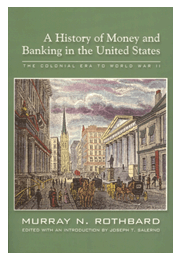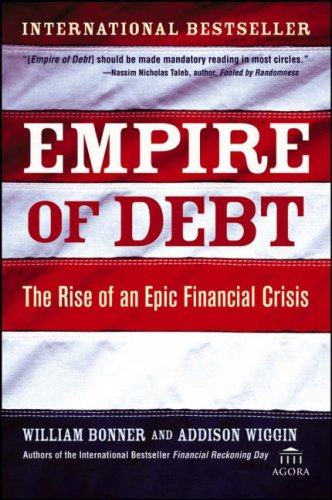
Robert T. Kiyosaki cranks out books like a well-oiled machine. At a guess, there are probably ten to fifteen books in his Rich Dad series. And in most of them, Kiyosaki performs at least a few small feats of financial prophecy. Rich Dad’s Prophecy is – as the title indicates – all about prophecy. Kiyosaki puts on his mantle and turns it loose.
In a nutshell, his prophecy is that around 2016 the bottom is going to fall out of the stock market. When it does, the crash will be heard around the world.
Rich Dad’s Prophecy is divided into two major sections. Section one, which is called ‘Is the Fairy Tale Over?,’ explains why Kiyosaki predicts the coming stock market crash. Section two, which he calls ‘Building the Ark,’ sets forth a way to survive the crash predicted in section one. In other words, section two is a survival manual for the financial end of the world.
Kiyosaki starts out by saying, “This is not a gloom and doom book. It is really a gloom and boom book.” Translation: bad days are ahead, but they can turn out to be the best days ever if you plan ahead.
According to Kiyosaki, a law passed in 1974 will provoke the stock market crash of 2016. He calls it “the law that changed the world.” It’s called ERISA, which stands for Employer Retirement Income Security Act. Supposedly, the act was passed to protect the retirement accounts of employees. In reality, Kiyosaki declares that ERISA transferred the expense of retirement “from the employer to the employee.” Because of this transfer, Kiyosaki predicts that those employees who religiously put money in their retirement accounts (401k) will – when the crash occurs – do the wrong thing. They will panic and sell, sell, sell. Why? Because “they will react as most untrained investors react.”
In the next chapter, Kiyosaki asks the question, “Are you ready to face the real world?” In the real world, getting a good job and saving for retirement will not provide enough money for “at least 80 percent” of baby-boomers to retire on. In the real world, the government cannot afford to provide financial and medical support for over 150 million people.
Kiyosaki believes that the nightmare is already beginning. Since March of 2000, the stock market has deflated. He believes the market will rebound, then go bust, then rebound, then go bust. Eventually, the stock market will not be able to rebound. It will crash. The reason this cycle will occur is financial assumptions. Too many workers assume their retirement plans, along with Social Security, will be enough to live on during retirement.
At the end of chapter six, Kiyosaki summarizes the three reasons the crash of 2016 will take place. First, “there will be a market sell-off caused by baby-boomers converting to cash.” And this sell-off will occur because people do not understand or trust their financial assets. “Most people today do not naturally feel secure with mutual funds and stocks.” They want and trust cash.
The second reason is that “the cost of living and medical costs will go up.” People need money to live on, so they will sell their mutual funds. And the third reason is that “the number of fools will increase.” People will make bad decisions in how they handle their money.
Kiyosaki moves on to chapter eight, where he says that ERISA and the “coming giant crash are really only the symptoms of a much deeper problem.” Put simply, the problem behind the problem is “we now have too many people who have come to expect the government to solve their problems.”
According to Kiyosaki, all the aforementioned factors are coming together to form “the perfect storm.” The warning signs of the coming storm can be seen in the rising costs of medical care, increased terrorism, Japan’s precarious financial condition, the rise of China as the world’s largest economy, the aging of the world’s population, the obsolescence of Wall Street, and the failure of Big Corporations.
Having stated his prophecy of doom, Kiyosaki proceeds to his second major theme – how to build an ark. And he immediately warns “if you plan on building a big rich ark for retirement, you may have to let go of many of the traditional middle-class values.”
The first step in building an ark is to develop “your own financial statement.” This will allow you to determine whether your present investments/assets provide cash flow or should be labeled as “fool’s gold.” In other words, “is your money working for you?” The second step involves examining your “level of thought when it comes to money.” In effect, this is your fear factor. Kiyosaki recommends analyzing your thoughts. “Are they based on fact or fear?” The implication is that most ‘thought levels’ about money are based on fear. Once the fear is exposed, a new sense of freedom takes place.
The next step toward building an ark is to get rid of your excuses. Once you rid yourself of excuses, you can commit time to building your ark. This involves investing in business, real estate, stocks, and investing in precious metals. Make a list of pros and cons. Decide which avenue suits your personality and preferences. Then build it, using a team of professional advisors. However, be the captain of the ship. Don’t let your advisors make the final decision.
Kiyosaki’s final word of advice for building your ark is to “invest in yourself.” This includes education, health, recreation, etc.



